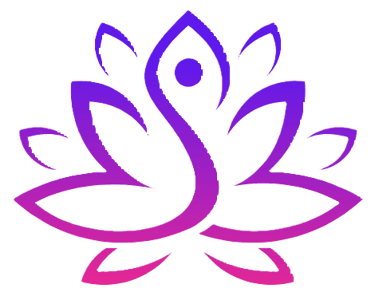Breath and Beliefs: How They Connect and Transform Our Lives
Breathing is a vital function that, at first glance, seems automatic and insignificant in our daily lives. However, what many people don’t realize is that the way we breathe is deeply connected to our beliefs and emotions.


To breathe is to live. Each human being takes between 17,000 and 24,000 breaths a day, without even thinking about it. This seemingly simple and automatic act is, in reality, a sophisticated bioenergetic process that not only oxygenates our cells but also connects— in real time— the physical, mental, and emotional dimensions of our being.
What makes breathing particularly fascinating is that it belongs to the autonomic nervous system, yet unlike other functions (such as digestion or heartbeat), it can be consciously modified. This dual nature makes breath a bridge between the unconscious and the conscious, between the instinctive body and the rational mind.
The Language of Beliefs in Breathing
Beliefs—whether conscious or unconscious—act as filters through which we interpret reality. They shape our emotions, thoughts, and even the way we breathe. For example, someone holding the internal belief “I must not fail” will likely breathe in a restricted way: shallow, with tension in the diaphragm, a closed chest, and involuntary breath-holding, all reflecting a pattern of control and perfectionism. In contrast, someone who embodies the belief “I am safe” tends to breathe more freely, with a relaxed exhalation and soft belly.
In emotional states such as fear, guilt, or anxiety, the respiratory pattern changes drastically. Breathing becomes shallow, thoracic, and rapid, reflecting the activation of the sympathetic nervous system—the branch of the autonomic nervous system responsible for the fight-or-flight response. When sustained over time, this state reinforces a sense of threat and keeps the mind locked in narratives of danger, insufficiency, or urgency.
But the opposite is also true: by intentionally shifting our breathing pattern, we can influence our internal state, promote calm, safety, and build new cognitive associations. This principle is the foundation of both traditional yogic pranayama and modern conscious breathing techniques used in integrative medicine, somatic coaching, and trauma therapy.
Scientific Evidence: Breathing to Reprogram the Mind
Multiple scientific studies have validated this connection. A study published in Frontiers in Psychology (Zaccaro et al., 2018) showed that slow, controlled breathing significantly reduces levels of cortisol, the primary stress hormone, and increases heart rate variability (HRV)—a key indicator of emotional resilience and nervous system balance.
📚 Scientific reference:
Zaccaro, A., et al. (2018). How Breath-Control Can Change Your Life: A Systematic Review on Psycho-Physiological Correlates of Slow Breathing. Frontiers in Psychology, 9, 866.
https://doi.org/10.3389/fpsyg.2018.00866
The findings indicate that modifying the breath can serve as a direct intervention on brain circuits related to fear, anxiety, and limiting beliefs. Deep breathing activates the vagus nerve—an essential component of the parasympathetic nervous system—allowing the body to exit “survival mode” and enter states of recovery, creativity, and connection.
A Practical Example: A Belief That Breathes
Let’s consider someone living with the belief, “I must always be available for others.” While this may sound virtuous, it often masks a pattern of self-abandonment. Observing their breath, we may notice short, fragmented inhalations and limited exhalation—patterns that reflect a constant tension and hypervigilance.
Now imagine this person begins practicing coherent breathing every day (e.g., inhaling for 5 seconds, exhaling for 5 seconds, for 5 minutes). Their nervous system begins to interpret this as a signal of safety. Over time, this practice not only lowers their baseline anxiety but creates an internal space where a new belief can take root: “I am allowed to take care of myself.”
Conclusion: Breathing as a Tool for New Narratives
Ultimately, breath is not just a reflection of our inner world—it’s also a tool to transform it. Practices like pranayama, somatic breathwork, and functional breathing do more than oxygenate our cells: they retrain the nervous system and update the internal belief systems we live by.
Each conscious inhale is an invitation to let go of the old, and each deep exhale can become a declaration of rest, freedom, and reconnection to what truly matters.
To breathe is to remember that we are body, mind, and energy in continuous dialogue.
